Table of Contents
Introduction:
Renewable and non-renewable resources are the two types of resources that are available on Earth. Renewable resources are those that can be replenished naturally and will not run out, while non-renewable resources are finite and will eventually be exhausted.
Renewable Resources
Renewable resources are those that can be replenished naturally and will not run out. They include resources such as wind, solar, hydropower, geothermal, and biomass. These resources are considered sustainable because they can be used without depleting the earth’s natural resources.
Examples of renewable resources include:
1. Solar energy – energy that is derived from the sun.
2. Wind energy – energy that is generated by wind turbines.
3. Hydroelectric power – energy that is produced by the flow of water in rivers and streams.
4. Biomass – organic matter that can be used as fuel, such as wood or agricultural waste.
5. Geothermal energy – energy that is derived from the heat of the earth.
Wind energy is harnessed by wind turbines that convert the kinetic energy of the wind into electricity. Solar energy is obtained from the sun’s radiation, which is captured using solar panels. Hydropower is obtained from the force of falling water, which is used to turn turbines and generate electricity. Geothermal energy is obtained from the heat generated within the earth’s core, which is used to generate electricity. Biomass energy is obtained from organic matter, such as wood and agricultural waste, which is burned to generate electricity.

Renewable resources are considered to be environmentally friendly because they produce very little greenhouse gas emissions. They also have a lower impact on the environment than non-renewable resources because they do not require the extraction, transportation, and refining processes that are associated with non-renewable resources.
Non-Renewable Resources
Non-renewable resources are finite and will eventually be exhausted. They include resources such as coal, oil, and natural gas. These resources are considered unsustainable because they cannot be replenished naturally and will eventually run out.
Examples of non-renewable resources include:
1. Fossil fuels – coal, oil, and natural gas that are formed from the remains of dead plants and animals.
2. Nuclear energy – energy that is produced by splitting the nucleus of an atom.
3. Minerals – resources such as gold, silver, and copper that are extracted from the earth.
4. Rare earth elements – elements such as neodymium and dysprosium that are used in the production of electronic devices.
Coal is a fossil fuel that is formed from the remains of plants that lived millions of years ago. Oil and natural gas are also fossil fuels that are formed from the remains of marine organisms that lived millions of years ago. These resources are obtained through extraction processes such as drilling and mining.
Non-renewable resources have a higher impact on the environment than renewable resources. They produce large amounts of greenhouse gas emissions, which contribute to global warming and climate change. They also have a significant impact on the environment during the extraction, transportation, and refining processes.
Differences between Renewable and Non-Renewable Resources
The main difference between renewable and non-renewable resources is their availability. Renewable resources are continuously replenished naturally and will not run out, while non-renewable resources are finite and will eventually be exhausted.
Renewable resources are also considered to be environmentally friendly because they produce very little greenhouse gas emissions and have a lower impact on the environment. Non-renewable resources, on the other hand, have a higher impact on the environment and produce large amounts of greenhouse gas emissions.
Another difference between renewable and non-renewable resources is their cost. Renewable resources are becoming increasingly cost-effective as technology improves and economies of scale are achieved. Non-renewable resources, on the other hand, are becoming more expensive as they become scarcer and harder to extract.
Renewable and Non-renewable Resources Comparison Chart
| Sr.No. | Renewable Resources | Non-Renewable Resources |
| 1 | Can be replenished naturally over time | Finite in quantity and cannot be replenished |
| 2 | Environmentally friendly | Environmentally unfriendly |
| 3 | Examples: Solar energy, wind energy, hydroelectric power, biomass, geothermal energy | Examples: Fossil fuels, nuclear energy, minerals, rare earth elements |
| 4 | Do not contribute to climate change or pollution | Contribute to climate change and pollution |
| 5 | Generally cheaper in the long term | Generally more expensive in the long term |
| 6 | Not subject to price fluctuations due to finite quantities | Subject to price fluctuations due to finite quantities |
| 7 | Can provide energy security and independence | Reliance on foreign sources for many resources |
Also, read Types of Valves

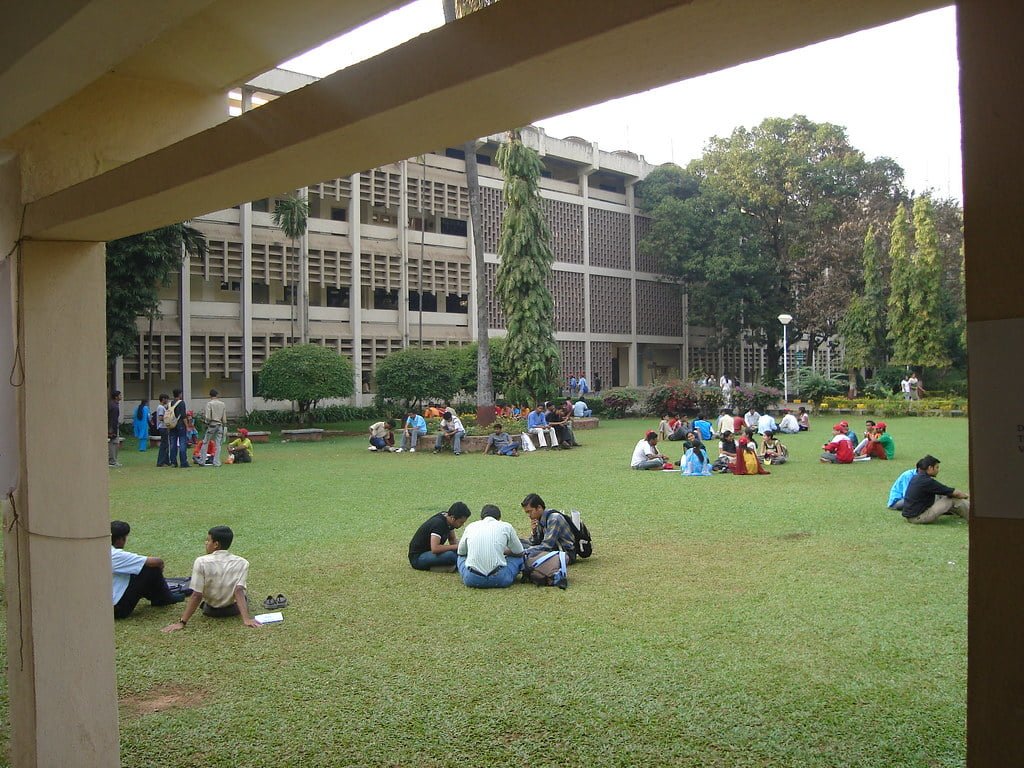
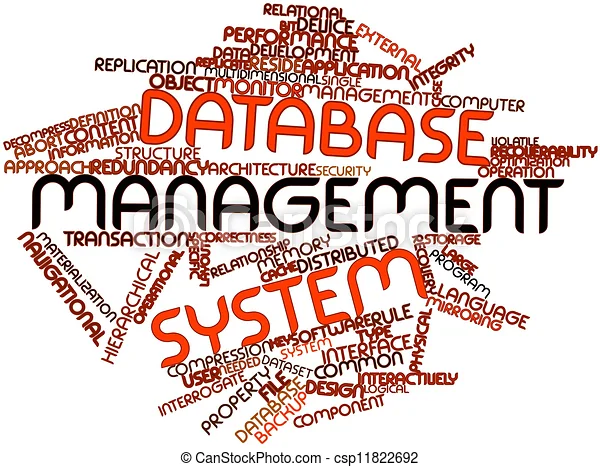



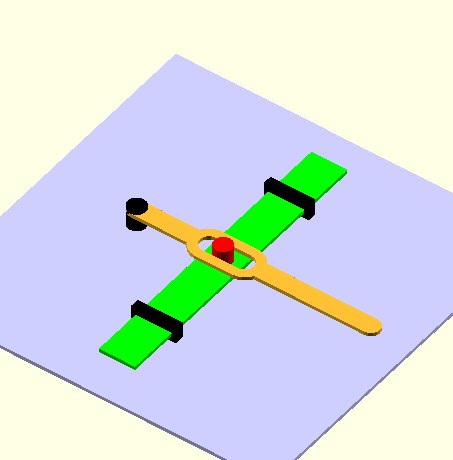
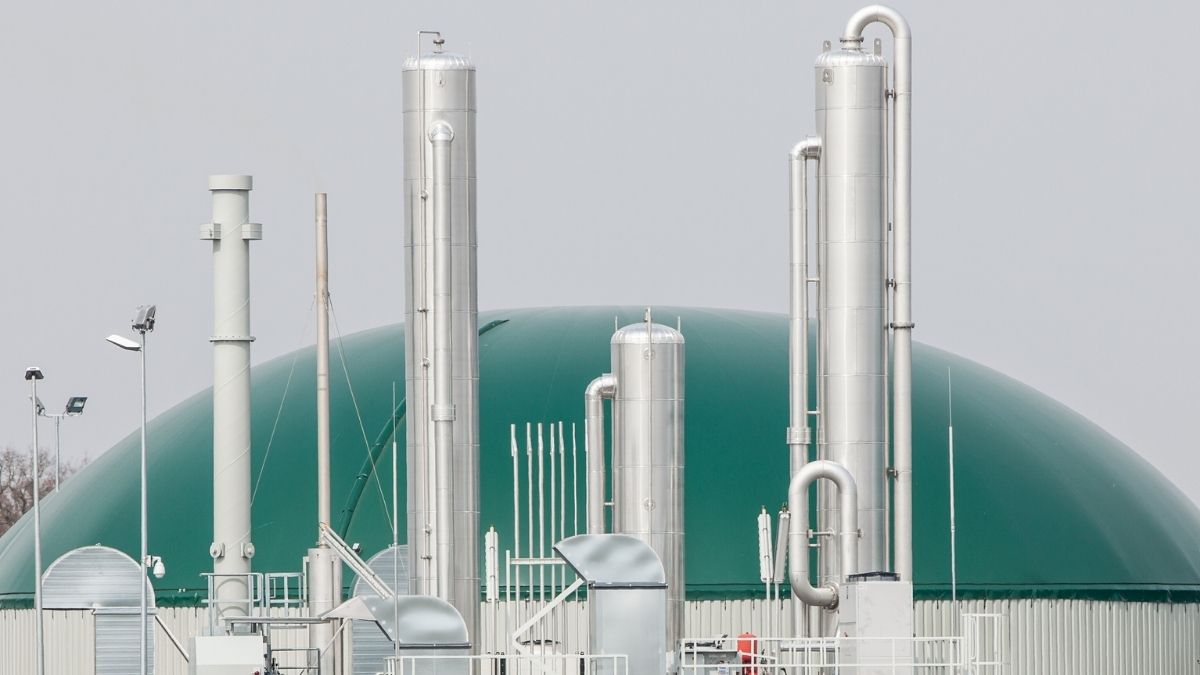
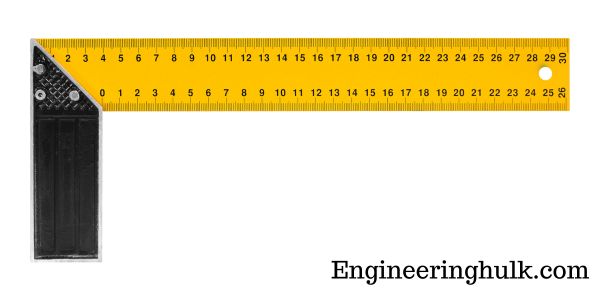



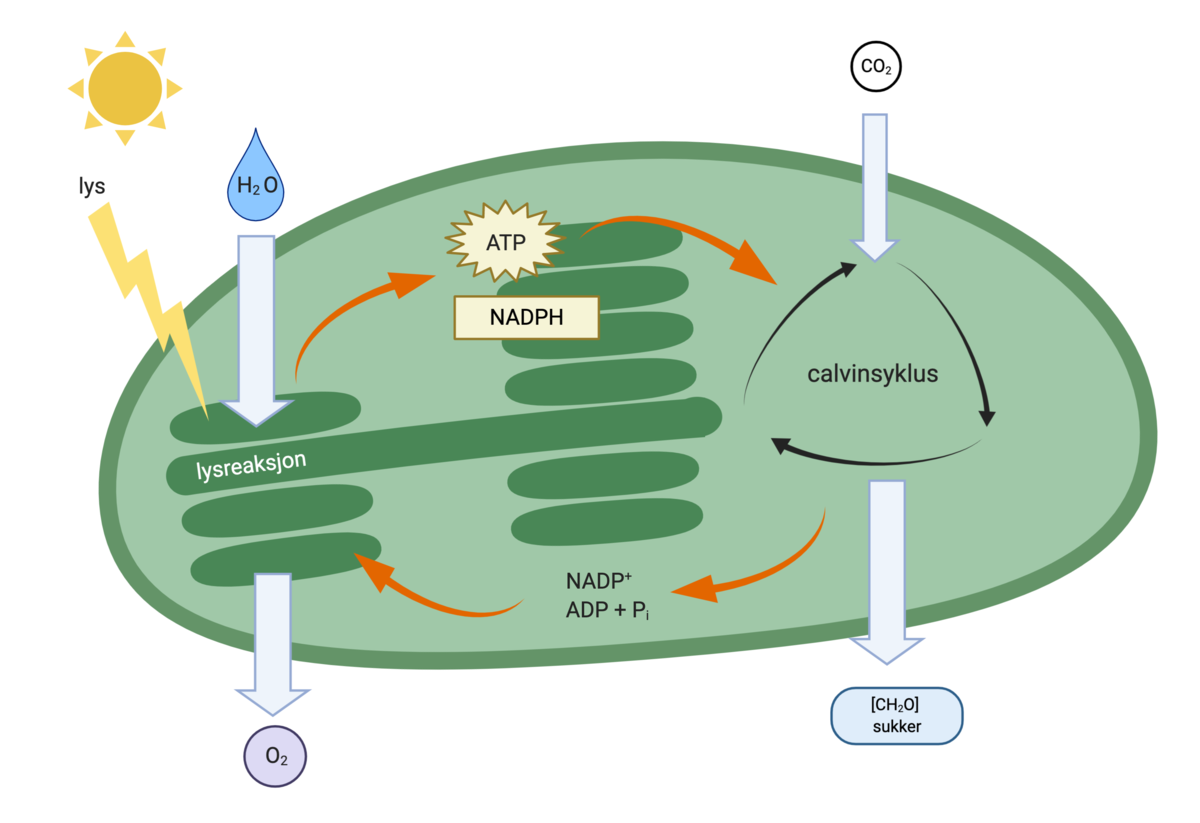
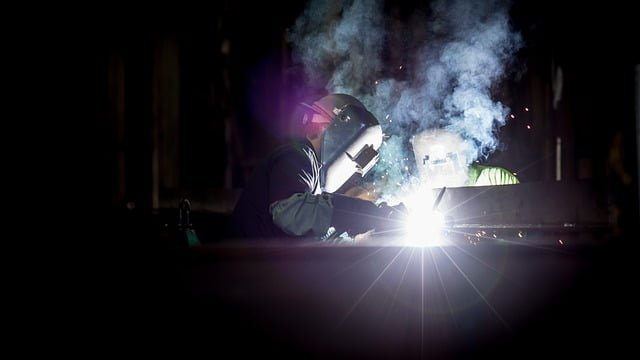
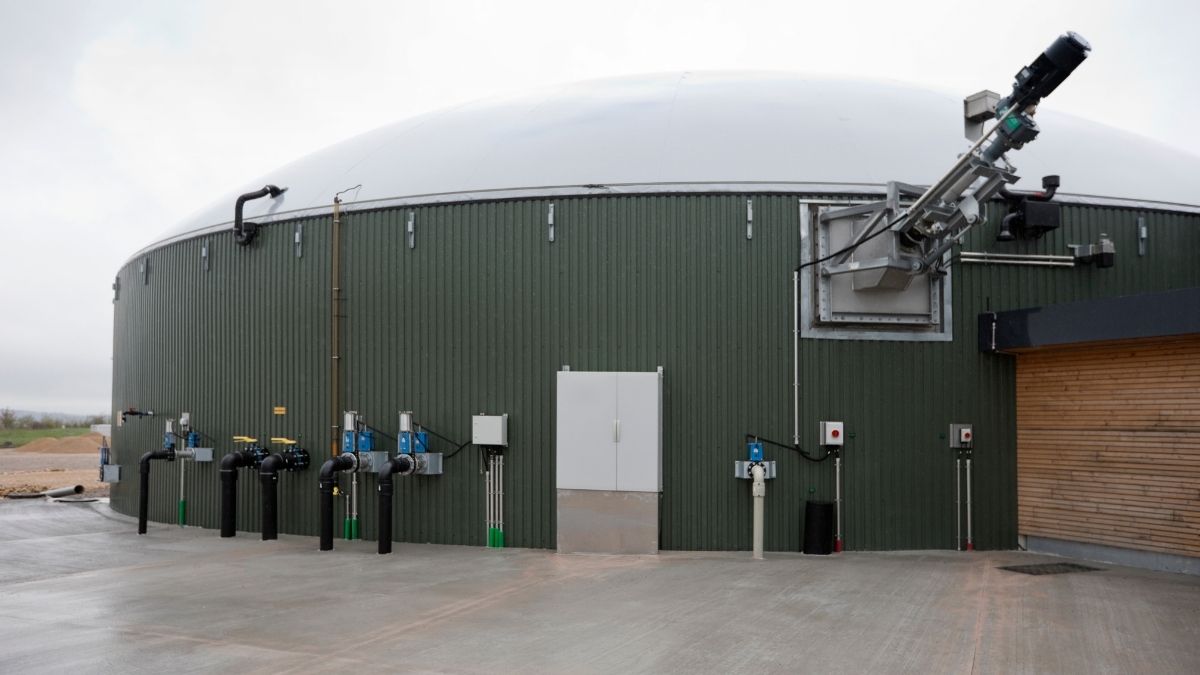





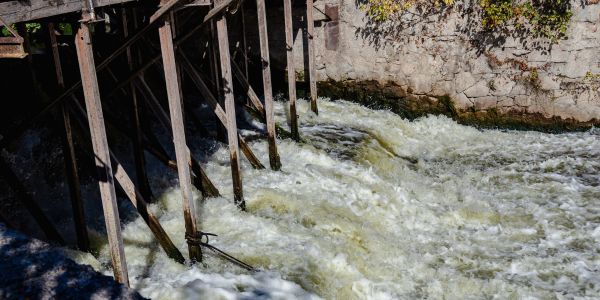
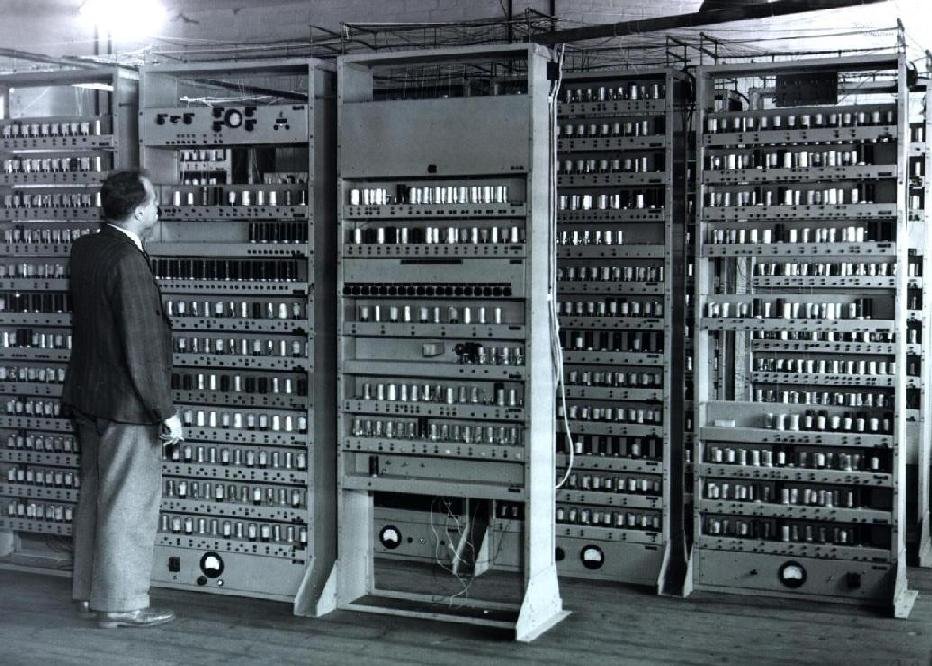

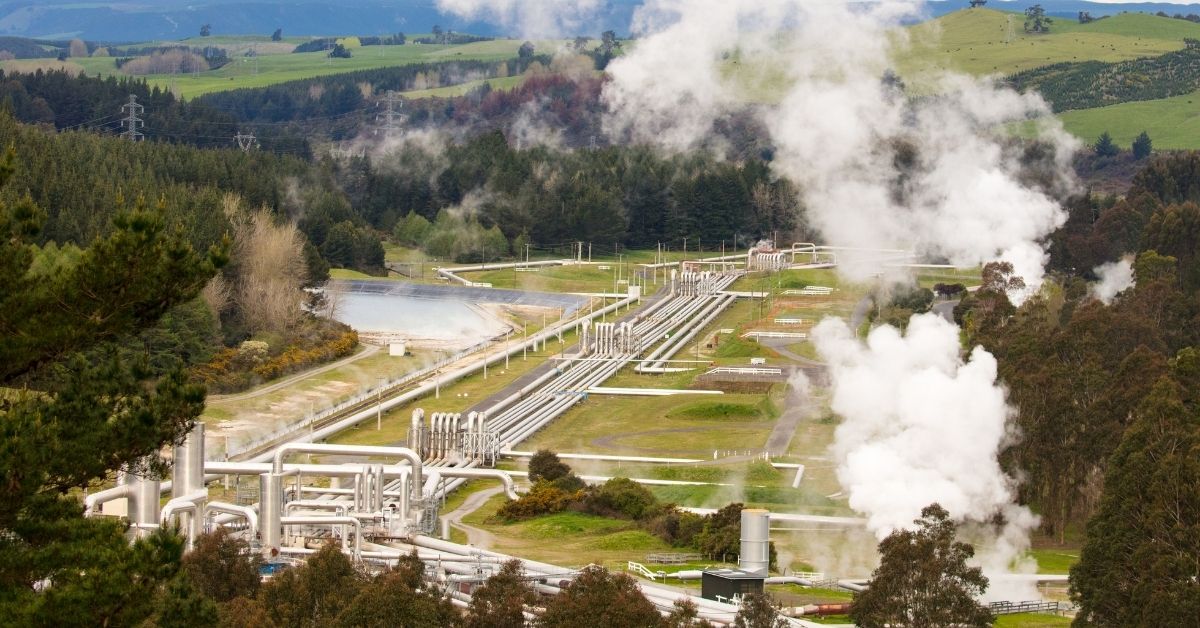



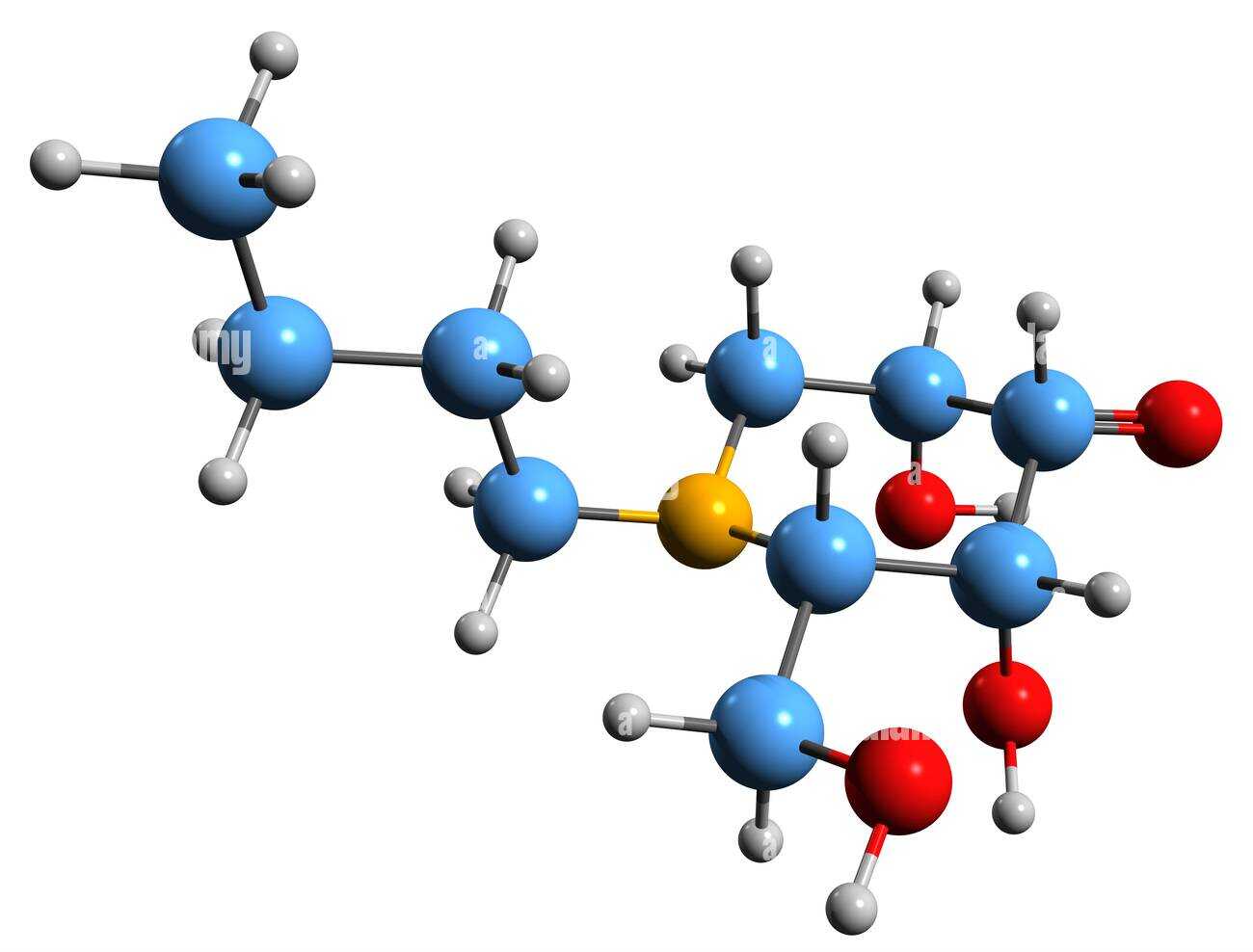



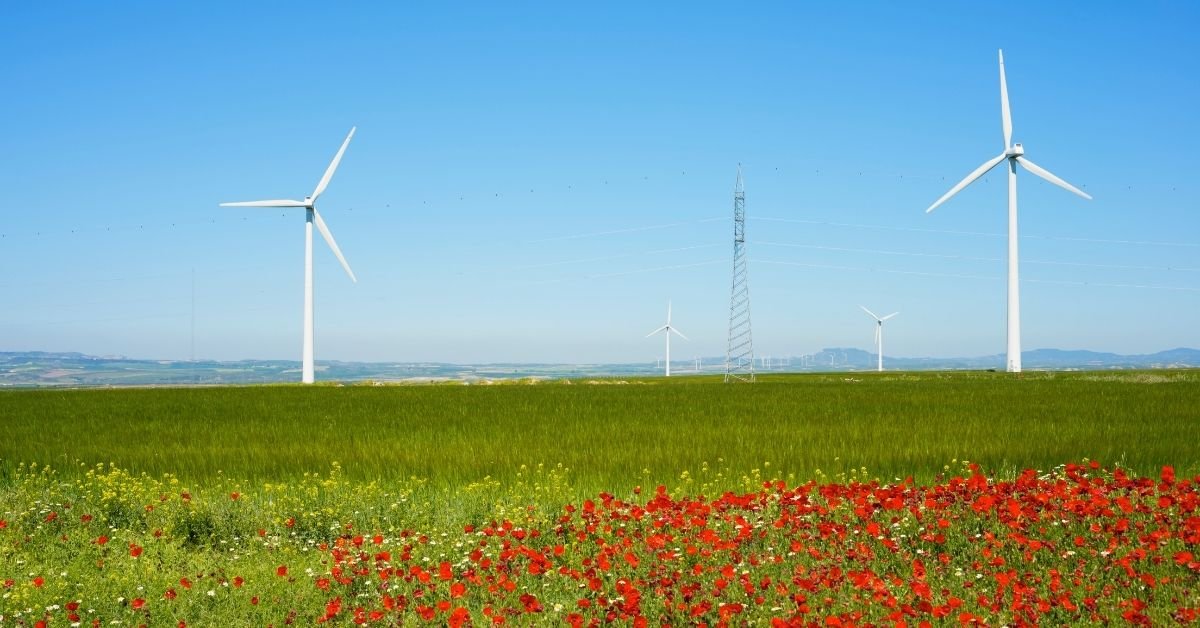
Comments on “Difference between renewable and nonrenewable resources”
Comments are closed.